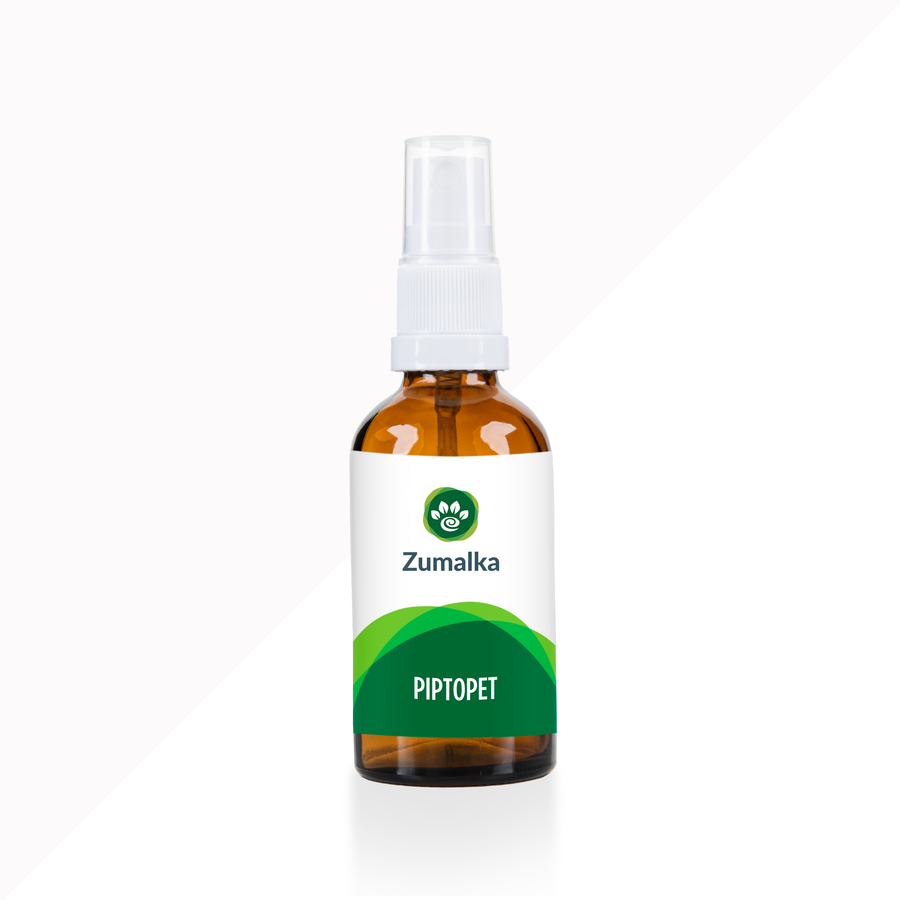6 Natural Remedies for Fatty Tumor in Cats You Should Have in Your Checklist
So, you’re cuddling with your cat after a long day and then you feel an odd round-shaped squishy mass in his armpit or tummy that wasn’t there before. There is no need to panic, though.
Make sure you first visually examine the whole thing to see if it’s really a mass that has a soft yet rubbery texture. If you do determine that it is, chances are this could be a fatty tumor.
- Click to learn more : 👉 Provide natural support for FATTY TUMOR IN CATS 🐱
And in this blog post, I’m going to walk you through how to naturally deal with this health issue the right way. I’ll start the discussion by going over what cat fatty tumor is…
What is a Fatty Tumor in Cats?
A cat fatty tumor is a soft spongy mass that develops just under the skin of your feline family member. While this type of tumor typically appears between the subcutaneous layer of the skin and the soft tissues, there are some very rare cases where it can show up on the internal organs.
Fatty tumor in cats is also referred to as a cat lipoma. Like its name suggests, a cat fatty tumor is made up of fat cells and it takes a long time to become prominently seen or felt. However, when they do appear, they tend to pop up on your cat’s tummy chest as well as on the limbs.
Don’t let the term cat tumor or lipoma scare you, though. I will explain this one in depth and share more information ahead.
What Causes Fatty Tumors in Cats?
What’s really interesting is there’s still no known cause of cat fatty tumor or lipoma up until now. However, experts observe that the cases of cat lipoma are more prevalent among middle-aged as well as overweight and obese felines.
Statistics also show that this health issue usually affects senior male Siamese cats who have already been neutered. Additionally, feline fatty tumor or lipoma is not that common among young and relatively healthy cats with sporting athletic physiques.
What are the Symptoms of Cat Fatty Tumor?
A cat fatty tumor or a cat lipoma usually manifests in the form of a lump or a lesion. Although most cat lipomas are soft and squishy to the touch, they can also be rubbery in texture, especially if they have already grown quite large or have developed in an area near a cluster of soft tissues like the paws or the back.
Other than that, fatty tumors or lipomas in cats don’t have any further significant signs or indicators. What’s really surprising is that your feline family member won’t usually exhibit signs of pain and discomfort when he has a cat fatty tumor unless it’s already hampering his movement or has become too big for his liking.
What is the Difference between Normal Fat and Cat Fatty Tumor?
If we’re being honest, distinguishing normal body fat from cat fatty tumor or lipoma can be rather simple or the other way around depending on its location. Let me touch on this a bit more.
See if a feline fatty tumor develops in a somewhat isolated area such as the back or the limbs and has adequate space to move, you can easily spot it upon closer visual inspection or with a bit of gentle probing with the fingers.
However, if the cat fatty tumor develops in an area that’s already loaded with a lot of fatty tissues such as the abdomen or the chest, it can be relatively difficult to distinguish it from
normal body fat without the help of a vet.
Is Cat Fatty Tumor Deadly?
The short answer is no. A cat fatty tumor is pretty much harmless and won’t cause your pet pain and discomfort unless it has already become too big and is hampering your cat’s ability to freely move.
These masses are benign and non-cancerous in nature and won’t cause any pain or discomfort at all. However, these become a problem when they’ve already become too big and are hampering your cat’s ability to move freely.
Mobility issues typically arise when the cat fatty tumors are located in the armpit or the underside of the paws. Compared to other types of cat tumors, lipomas do not spread to other parts of the body and typically remain benign during its existence.
Are there Cat Fatty Tumor Home Remedies?
Unlike what a lot of people mistakenly believe, you don’t have to immediately resort to conventional veterinary medicine if your feline family member is afflicted with a fatty tumor or lipoma. There are actually home remedies that you can go for to naturally deal with this health issue.
Without further ado, allow me to walk you through these natural home remedies to support your precious pet with a fatty tumor or lipoma…
#1: Dandelion root
According to a study published in the National Center for Biotechnology Information, the extracts drawn out from dandelion root have been seen to set off an induced program cell death of tumor and cancer cells in laboratory studies.
To use dandelion root as a natural home remedy for fatty tumors in cats, thoroughly mash it using a mortar and pestle with a couple of drops of olive or vegetable oil until the whole thing becomes a paste. Apply a liberal amount of this paste to the affected area.
Make sure you cover it up with a clean piece of gauze to prevent your cat from licking at it.
Reapply after a few hours or if the gauze has become dry already.
Another way to do it is you can use dry dandelion root for this application. And to do so, you can steep the root in a bowl of warm water for at least 10 minutes. You can then gently massage this dandelion root tea on the affected area as a form of liniment.
#2: Ginger
The NCBI also reports that ginger contains various types of phenolic compounds like gingerol and paradol that have been observed to hold back the growth and development of tumor and cancer cells.
To use ginger as a natural home remedy for fatty tumors in cats, you can either make it into a poultice to apply on the affected area or as an addition to your feline family member’s regular diet. Make sure you only add a small pinch of fresh ginger to your cat’s meals since this aromatic root has a distinct spiky kick.
#3: Olive oil
Research evidence shows that olive oil contains organic components that act as barriers, which can keep the development of tumors and cancer cells at bay. To use olive oil as a natural home remedy for fatty tumor in cats, you can either add a few drops directly to your feline family member’s regular meals or apply on the affected area as a topical liniment.
#4: Parsley
The Harding Medical Institute shares that parsley is abundant in volatile oils that have been seen to inhibit the formation of tumors in animal studies. Additionally, this leafy herb is also rich in folic asin, which naturally impedes the development of cervical and colon cancers.
To use parsley as a natural home remedy for fatty tumor in cats, mash this herb using a mortar and pestle with a few drops of vegetable or sunflower oil to create a poultice. Apply the poultice on the affected area and make sure you cover it up with a clean piece of gauze to prevent your cat from licking on it.
Reapply after a few hours or if the gauze has already dried. Meanwhile, you can also add in a pinch of parsley to your cat’s regular meals. However, it is crucial to keep it in mind that you should avoid using spring parsley for this application since it contains some organic compounds and chemicals that can be toxic to your feline family member in large doses.
#5: Rosemary
According to the Ohio State University Comprehensive Cancer Center, rosemary is abundant in a type of phytochemical that has been seen to help bolster immune functions and impede the development of tumors and cancer cells.
To use rosemary as a natural home remedy for fatty tumors in cats, you can mash this herb using a mortar and pestle with a few drops of vegetable or sunflower oil until the whole thing takes on a pasty texture.
Apply the paste to the affected area and make sure you cover it up with a clean gauze just to prevent your cat from licking on it. You can reapply it after a few hours or if the gauze has become dry already.
Alternatively, you can also directly add a pinch of chopped fresh rosemary to your cat’s regular meals. However, make sure you only use the leaves for this application since the stems can be choking hazards for your pet.
#6: Turmeric
As shared by the Memorial Sloan Kettering Cancer Center, turmeric is rich in an organic ingredient called curcumin that is considered as an effective anti-inflammatory chemical. Besides helping keep inflammation at bay, studies also show that curcumin also has the ability to block the growth and development of tumors and cancer cells.
To use turmeric as a natural home remedy for fatty tumor in cats, you can either make it into a poultice to apply on the affected area or as an addition to your feline family member’s regular diet. It is important to remember that you should only use a very small amount when you mix this in with your cat’s regular meal since its slight spicy kick might irritate your pet’s
tummy when given in large quantities.
A Natural Product to Keep Cancer at Bay
 Our favorite natural product when it comes to fatty tumors is called PIPTOPET. It is primarily formulated to support your pet during this issue by promoting a healthy immune system. When his immune system is working ideally, his body will be able to deal with fatty tumors in cats more successfully.
Our favorite natural product when it comes to fatty tumors is called PIPTOPET. It is primarily formulated to support your pet during this issue by promoting a healthy immune system. When his immune system is working ideally, his body will be able to deal with fatty tumors in cats more successfully.
The active ingredient in PIPTOPET is a mushroom called Fomitopsis betulina, which has been seen to have antitumor properties in various scientific studies. It can be used as a standalone product in supporting your fuel family member when he is afflicted with a cat fatty tumor or lipoma.
A Quick Recap
Contrary to what a lot of people think, there are natural remedies for fatty tumor in cats—and they’re backed by scientific evidence, too! If you’d like to learn more about using natural products to keep your cat happy and healthy, just contact us so you can get in touch with a pet homeopathy professional.






Leave a comment